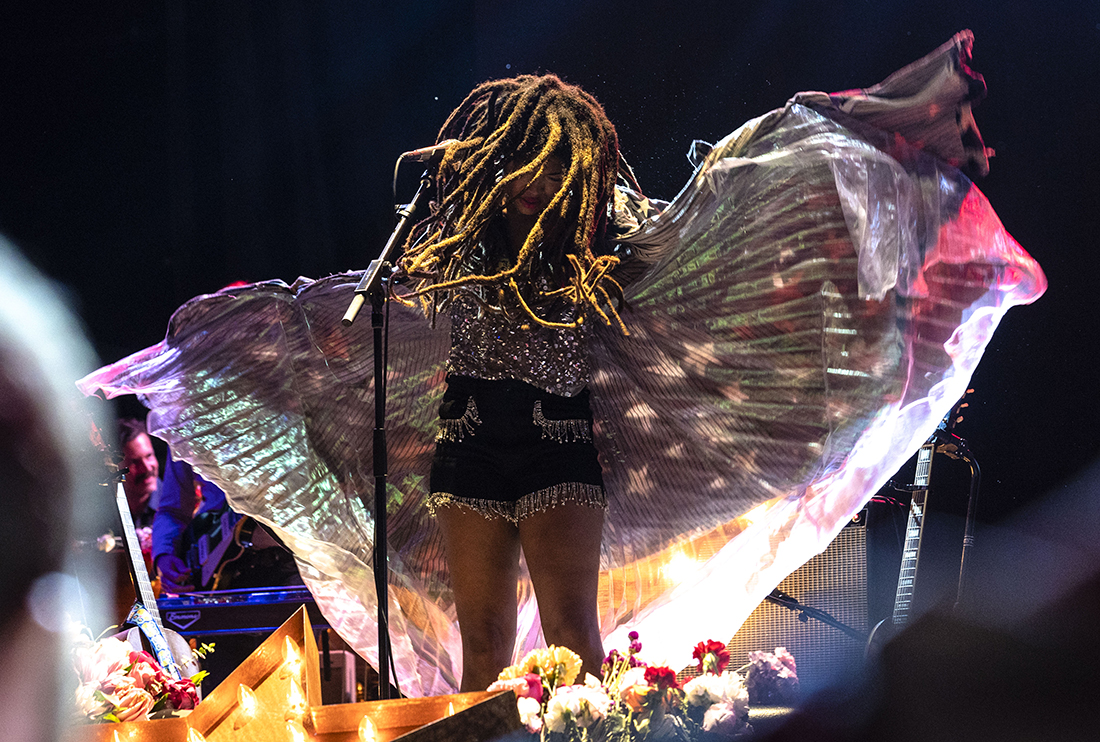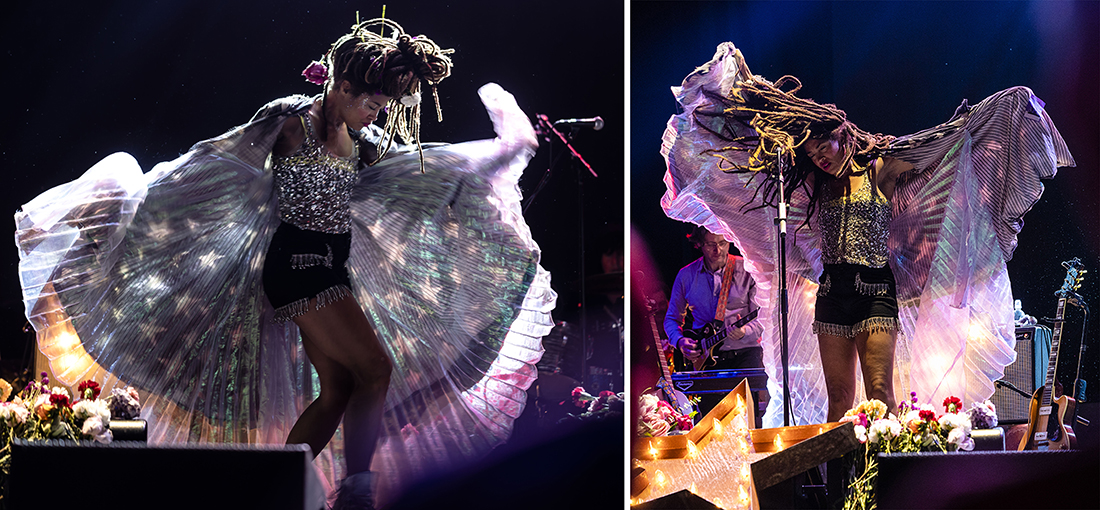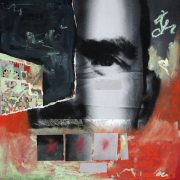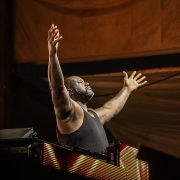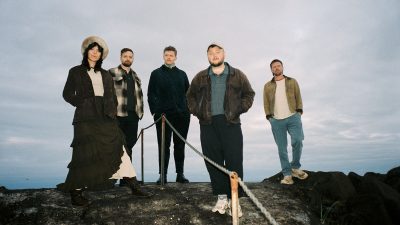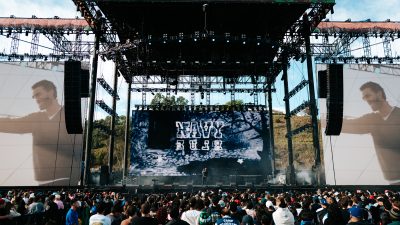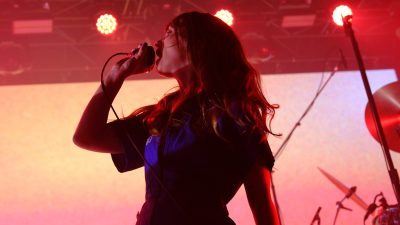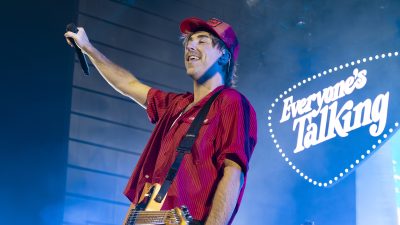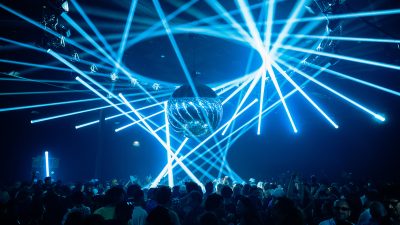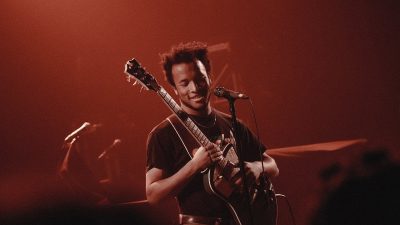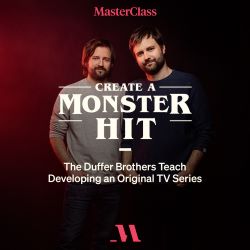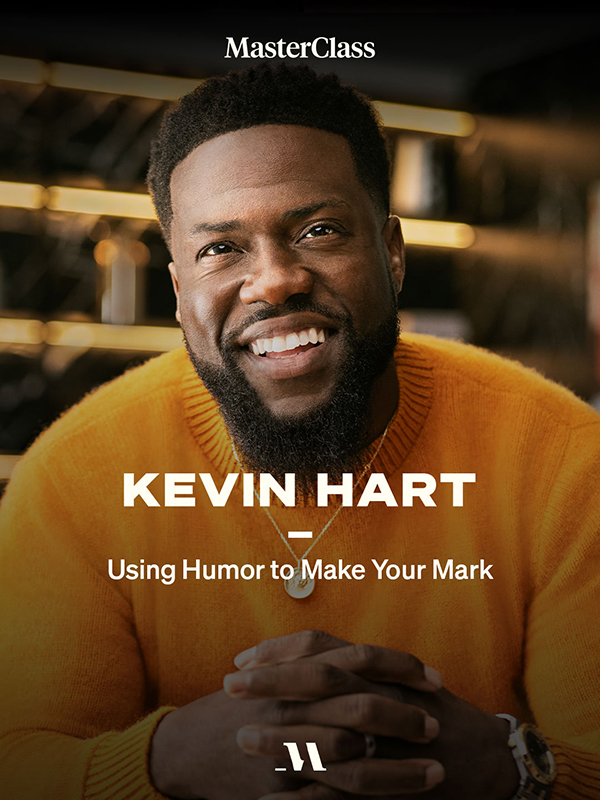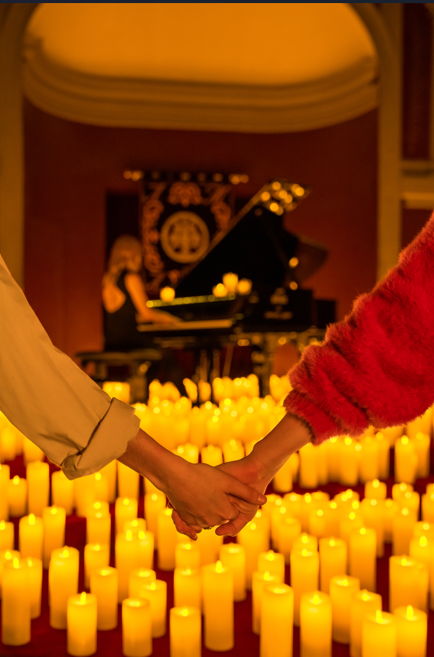A fuchsia turquoise place: Valerie June at Summerstage in Central Park
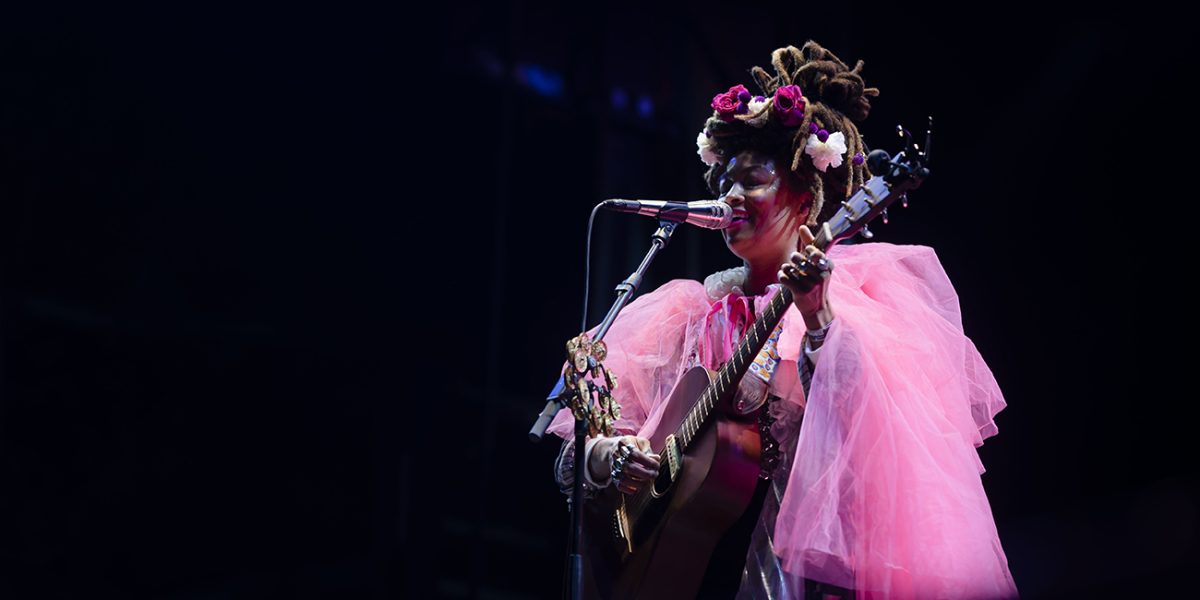
by Ben Shirai
I think the thing that surprised me the most about Valerie June was her on-stage persona – she was silly – which was a pleasant surprise.
I first became aware of Valerie June in 2013 by listening to her first album Pushin’ Against a Stone, it was an album that grabbed my attention right away. The record is a blend of many genres, it is country and bluegrass like on “Tennessee Time,” it is classic soul like “Wanna Be On Your Mind,” it’s rock, blues, and occasionally it is folk. One might even argue that the record has a genre identity crisis but in my humble opinion, Valerie June is not here to be just one thing, she is an artist beyond genre. And though the album is many things, the overarching word I would have used to describe Valerie June’s music would have been “serious” so when I saw Valerie June at Summerstage in Central Park, it was very surprising to me that the main word I wanted to use now was “fun”.
New York’s very own, Hollywood Anderson opened the show and set a chill vibe for the evening. Anderson’s music is silky smooth, and like Valerie June, he is a multi-genre artist with flavors from the soul, folk, jazz, and hip-hop. Despite there being a full band on stage (guitars, keyboards, drums, saxophone, flute) Anderson’s set felt intimate, like a friend’s backyard BBQ at the end of THE summer. It was, or so I thought, the perfect appetizer for what I expected to be a similar vibe from June’s set.
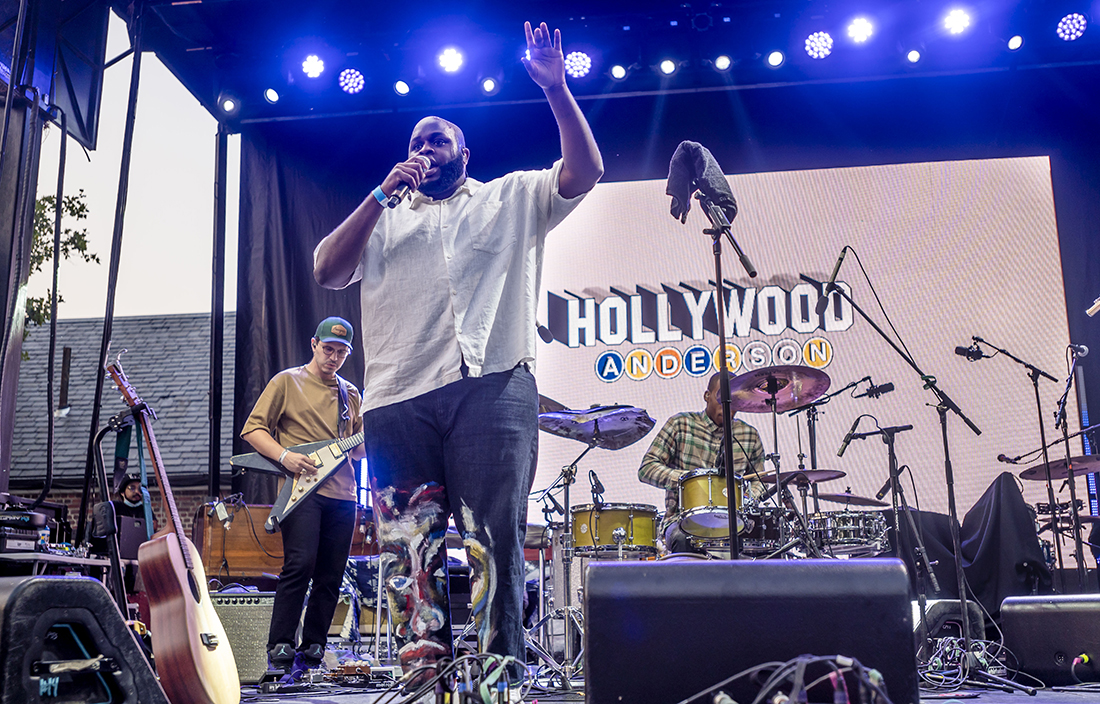
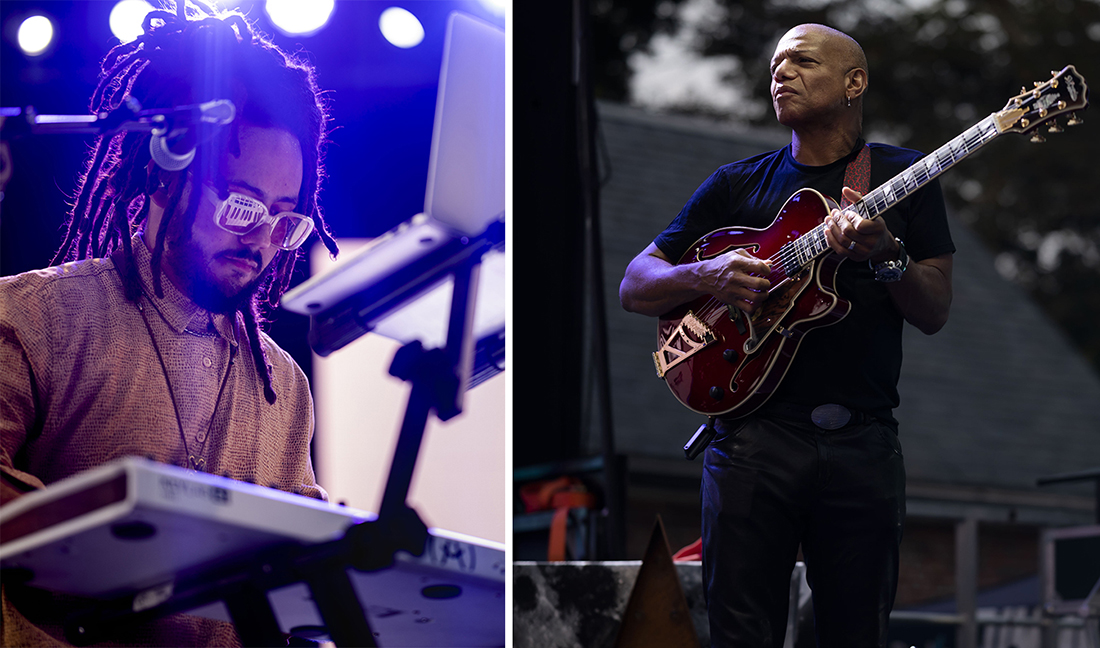
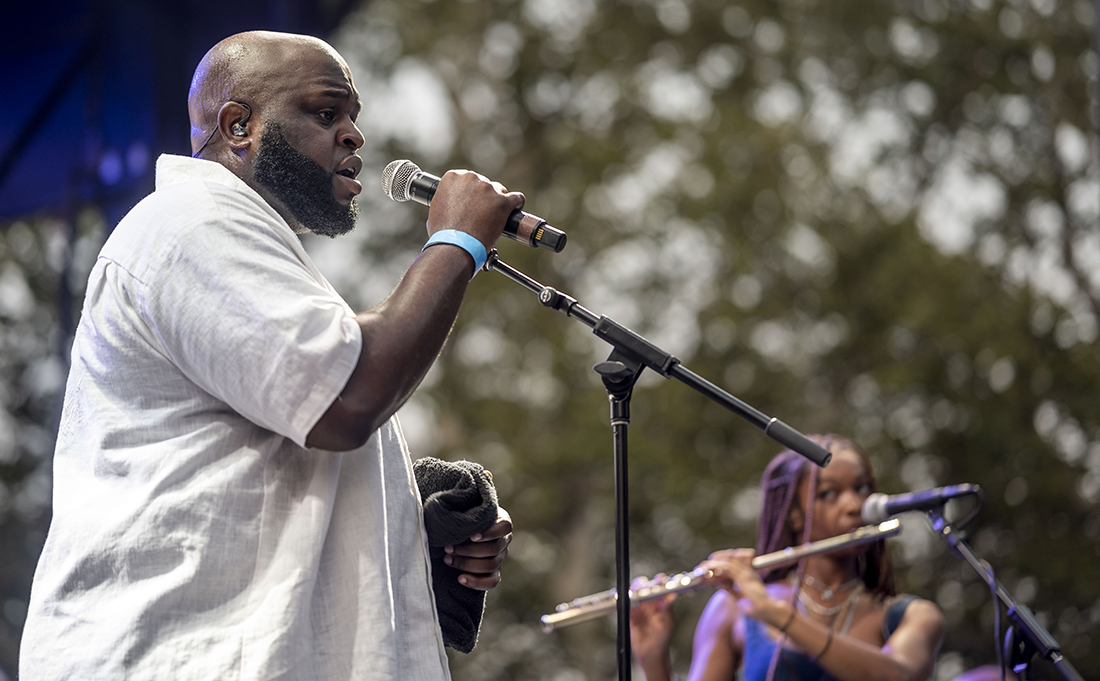
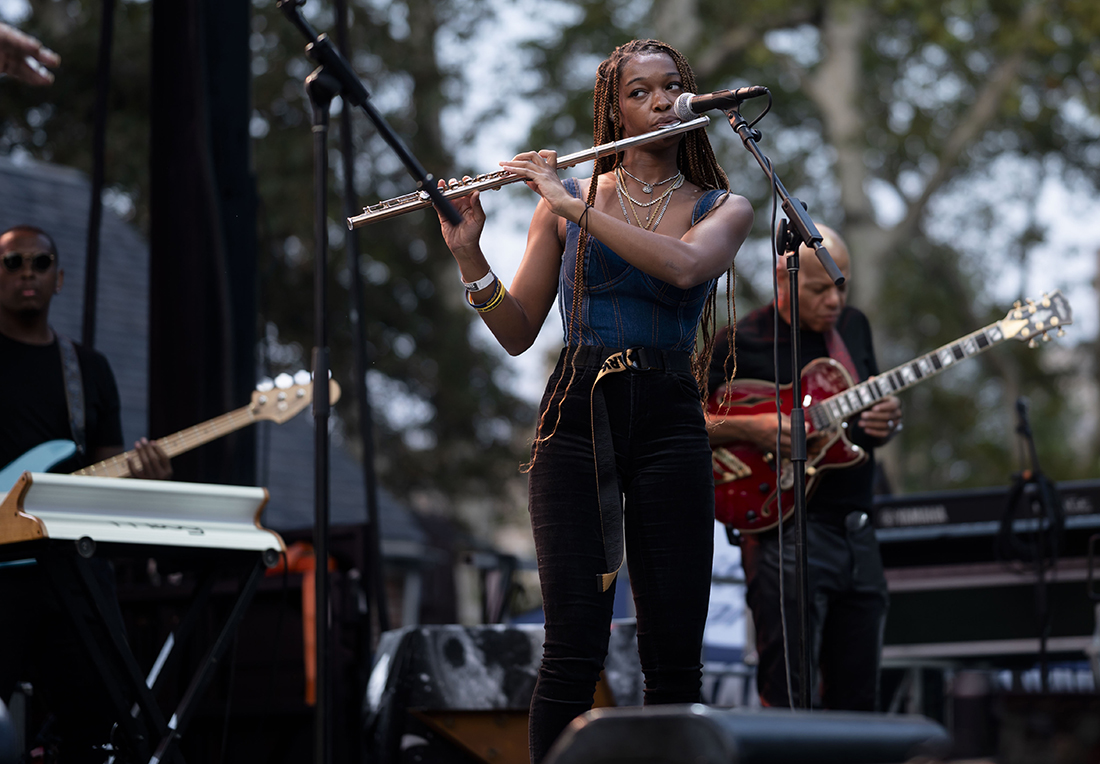
During the break the stage was decorated with flowers – flowers on monitors, amps, and the floor – this was the first clue that we may be in for a surprise. The show started with a 3-piece brass and woodwind section stepping into place on the right and two string players joined them on the opposite end. The Center stage was occupied by guitar, bass, and drums, rounding out nicely with a pedal steel player. As the band took their positions they began humming a kind of “om” note – a settling drone to hone our attention and dial us into the same frequency.
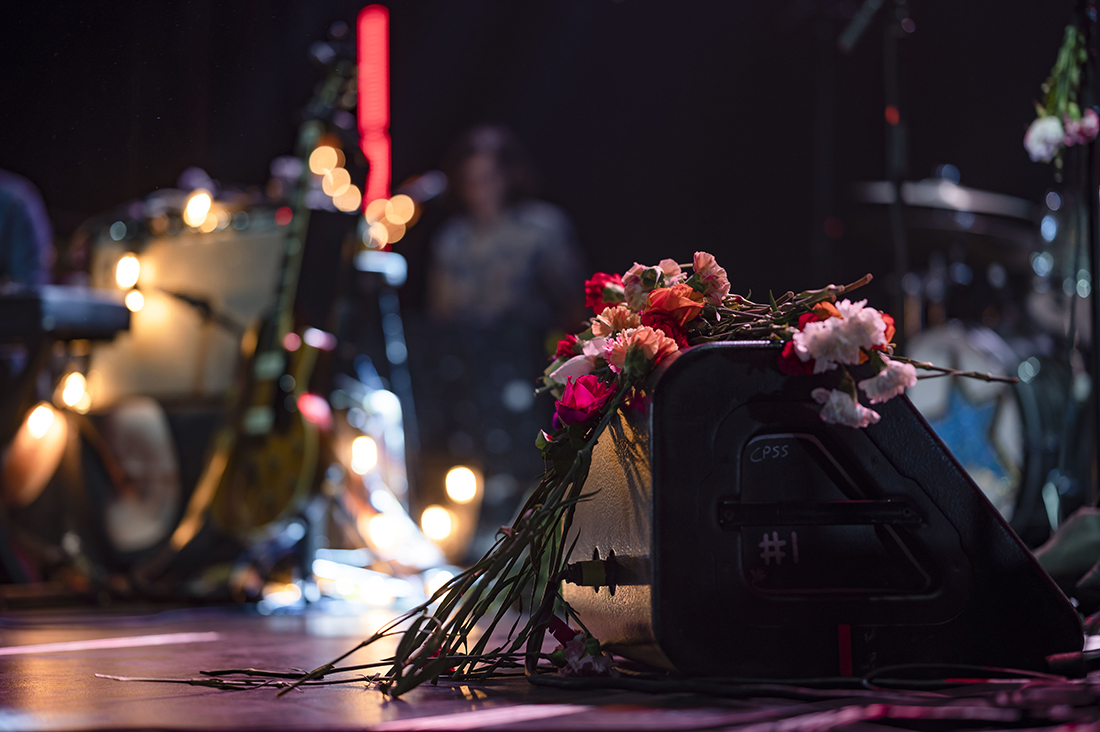
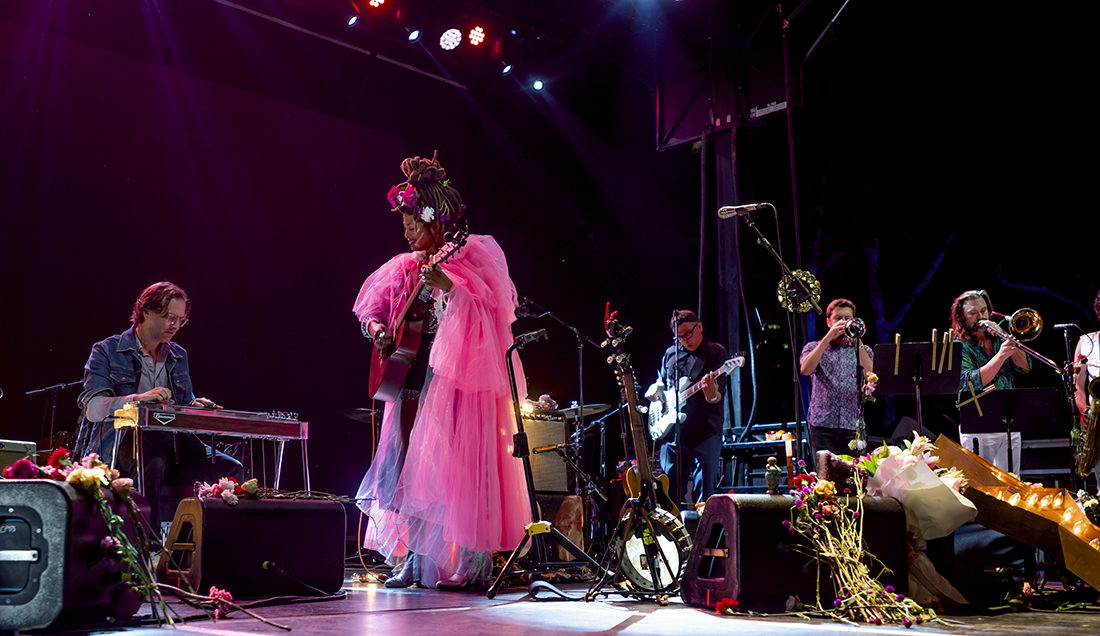
The synchronized humming continued for a while, maybe it was a minute or two, maybe it was five. Someone in the band invited the audience to hum along with them and some of the audience joined in. As male voices and female voices took turns being louder in the mix, the humming rose and fell several times in volume and timbre. Then Valerie June appeared.
She took the stage draped in a pink chiffon cape that enveloped her completely, her hair was adorned with flowers – a picture of femininity and mother nature. At this point, we were all greeted by a large smile, a playful expression that seemed to indicate she might not be a symbol at all, but a kid playing dress-up. Maybe she was both. This duality would be consistent throughout the show.
Between songs, Valerie June spoke of her own brand spirituality, the artsy kind with unknown amounts of Brooklyn-signature irony (where she does, in fact, reside). June talked about lightly, with the affable cheeriness and southern hospitality of someone from Tennessee (where she is, in fact, from).
At one point, Valerie talked about a time she was in her kitchen in Brooklyn, and she heard a voice tell her she had a light in her: “Is that you David Bowie?” she jokingly shared her reaction. Listening to the voice she entered into a trance of color, she went to turquoise and fuchsia – an iridescent place – realizing that everybody has a light in them. It was this experience that led her to write “Astral Plane”.
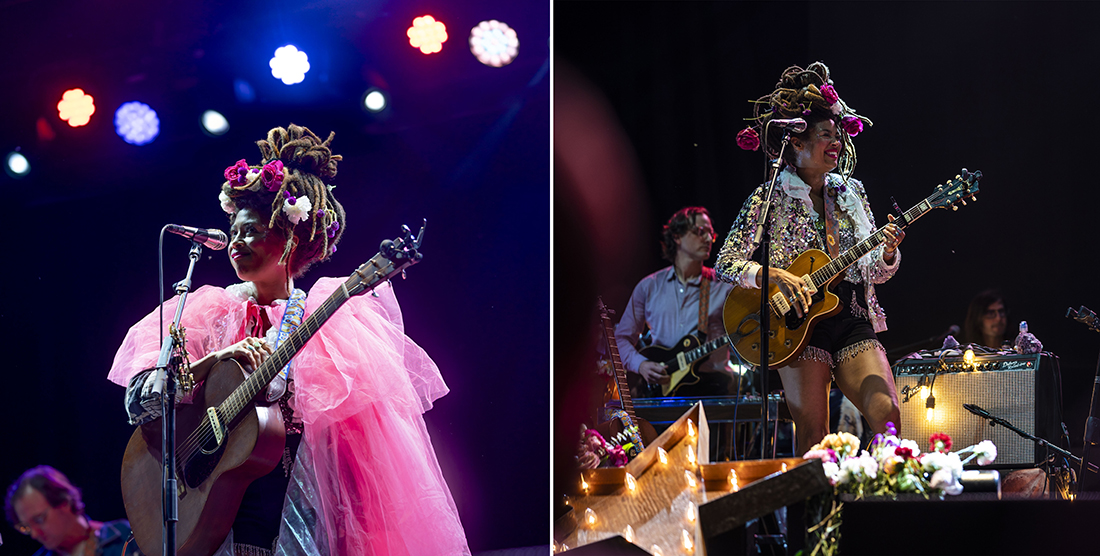
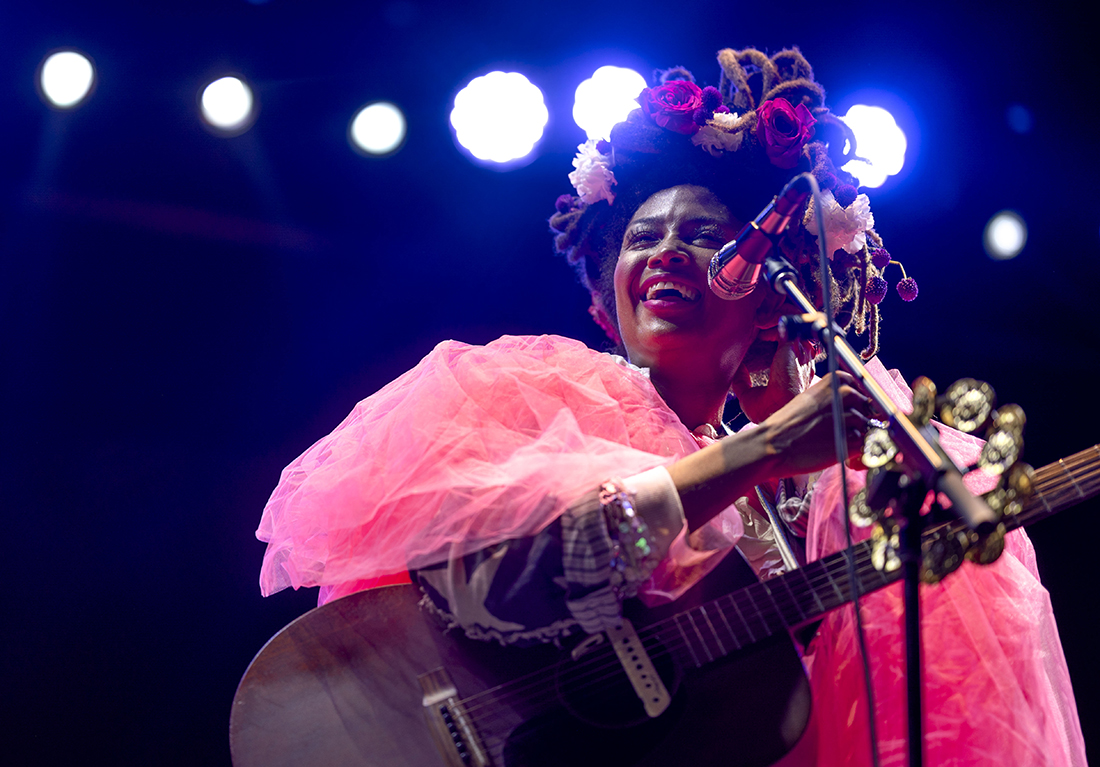
June resembled Dolly Parton, and that bubbliness made her philosophical musings a thing to accept. At a different time, I would have maybe rolled my eyes at such spiritual rhetoric, being a dutiful, cynical New Yorker, but after the year and a half we’ve all had, I took it all in and accepted her invitation to be part of this moment.
She spoke about time and the lack of it and discussed the transience of the present moment. The show and stage decor became a visual metaphor for Valerie June’s view of life. The flowers on the stage had exposed stems as a reminder that their time was finite, these flowers will die. As the show went on, she shed layer after layer, and by the time we got to the exciting battle between fiddle and trumpet during “Working Woman Blue,” she was down to sequin shorts and a tank top, looking like an actual light. As she rocked out during her climactic cover of Black Sabbath’s “War Pigs,” the last remnants of her costume, the flowers in her hair, one by one flung asunder. Her stage metamorphosis embodied transformation and the transience of the present. And not in a sullen way, but in a joyous Valerie June way.
Near the beginning of her set, she had asked the audience, “Hollywood Anderson is the King, and if he’s the King, that makes me…?” “The Queen!” the audience yelled. “The Queen,” she agreed. “Or The High Priestess,” she posited but with a wry giggle. She’s the High Priestess or maybe the musical love child of Otis Redding and Patti Smith. I don’t know, and it doesn’t really matter. I’m in my fuchsia turquoise place.
